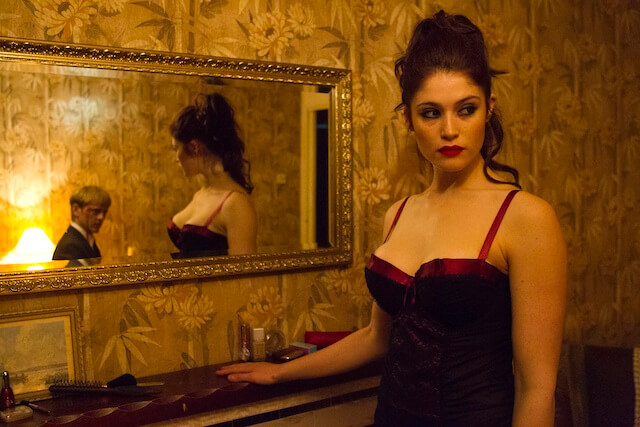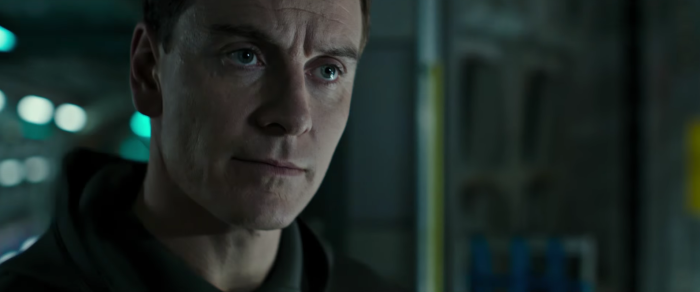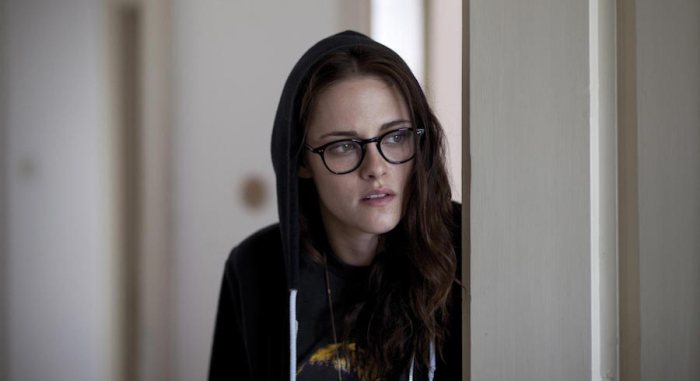‘Byzantium’ The marketplace has long been flooded with vampire movies, but there are at least as many anti-vampire movies — ones that try to hide, however coyly, that they’re about immortals with a bag for blood. Neil Jordan’s 2013 number “Byzantium” joins films like Spike Lee’s “Da Sweet Blood of Jesus” and Park Chan-wook’s “Thirst” — as well as Kathryn Bigelow’s “Near Dark” and George A. Romero’s “Martin” — in hanging with bloodsuckers but never once using the word “vampire” or indulging in excess staples, like garlic and wooden crosses. At this point avoiding cliches is a cliche too, but not hitting all the marks ideally gives creative filmmakers room to give the ideas some real exploration and expand the genre in fruitful ways. RELATED: Gemma Arterton talks “Byzantium” and working with female filmmakers “Byzantium” is one of the ideal ones. The heroes are an ageless mother and daughter — forever young Eleanor (Saoirse Ronan) and forever hotcha Clara (Gemma Arterton) — who are currently holed up in a seaside hotel. They’re eternally on the run, not only from authorities but a coven of male vampires, who’ve spent centuries trying to keep them in line, to make them traditional submissive women. One of Jordan’s few bona fide hits was 1994’s “Interview with the Vampire,” but “Byzantium” is more intimate and even more politically engaged, swapping that one’s pansexual utopia for angry feminism. It’s clever and sly but also a showcase for actors. Ronan does her earnest shy thing but Arterton gives a revelatory performance as a woman who uses sex — she turns the hotel into a brothel — as a long con to ensure her freedom. ‘La Sapienza’ The actors in “La Sapienza” tend to stand awkwardly in space, rattling off dense historical and philosophical chatter to each other and sometimes while looking right into the camera. It’s all intentional; one of the leads, Fabrizio Rongone, as an academic working on a new book on Swiss architecture, was also seen in the purely naturalistic “Two Days, One Night.” And it adds to the hypnotic pull of Green’s travelogue-art film, which has a lulling, transcendent quality even when the characters are simply given you a history lesson. ‘A Nightmare on Elm Street’ RELATED: Wes Craven, master of horror, dead at 76 Wes Craven, who passed away from brain cancer this weekend, wasn’t always consistent, but he could be counted on to every now and then put a nasty stranglehold on the culture. His debut, 1972’s grindhouse classic “Last House on the Left,” managed to twist an austere Ingmar Bergman film, “The Virgin Spring,” into an unsparing reflection on the violent effects the Vietnam War had back home. When post-modernism took a grip on mid-’90s audiences, he unleashed the self-aware “Scream” films. In between he created one of the great boogeymen in Robert Englund’s Freddy Krueger, who grew into a hammy quip-master but was, in his 1984 debut, a genuinely terrifying figure bringing sins-of-the-parents justice upon innocent teens. His kills also afforded Craven to indulge in zany dream logic, with inventive set pieces that stood out in the blandly interchangeable real-world slayings of the slasher genre. Craven did more than most to legitimize a forever disreputable genre, not only speaking eloquently on the real world ideas behind horror films but favoring creativity and imagination over mere scares.
Vampires
Art film
Horror
New on Netflix: The feminist vampire film ‘Byzantium’ and a Wes Craven classic

IFC Films
Follow Matt Prigge on Twitter @mattprigge


















